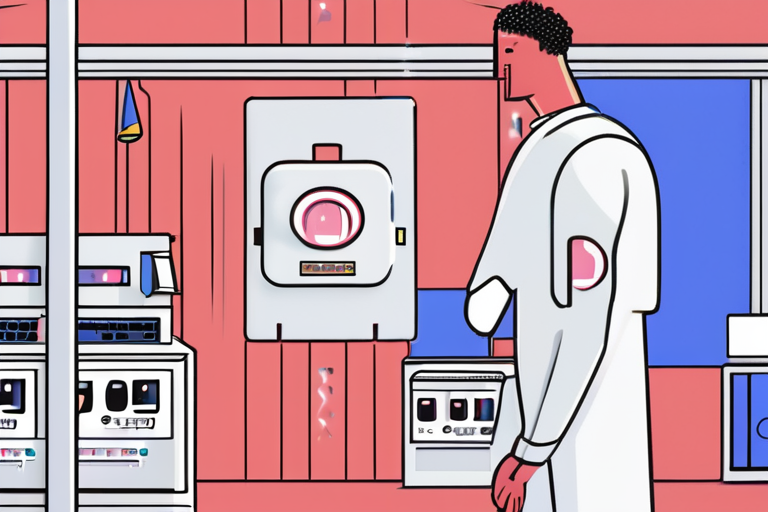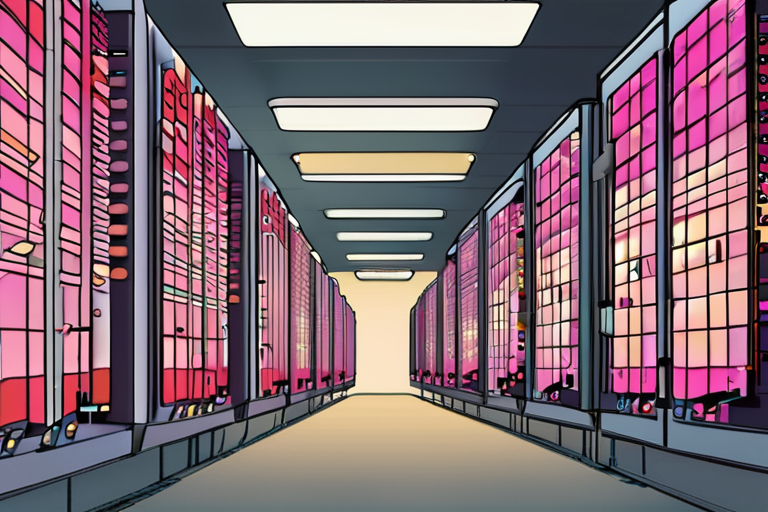Powering the AI Revolution: The Surprising Energy Cost of Every Chatbot Answer


Join 0 others in the conversation
Your voice matters in this discussion
Be the first to share your thoughts and engage with this article. Your perspective matters!
Discover articles from our community

 Hoppi
Hoppi

 Hoppi
Hoppi

 Hoppi
Hoppi

 Hoppi
Hoppi

 Hoppi
Hoppi

 Hoppi
Hoppi

The Billion-Dollar Infrastructure Deals Powering the AI Boom As the tech industry continues to harness the power of Artificial Intelligence …

Hoppi

Silicon Valley's AI Infrastructure Bonanza: What's Behind the $100B+ Investments? In a stunning display of financial muscle, Silicon Valley has …

Hoppi

Sam Altman's AI Empire to Consume as Much Power as New York City and San Diego Combined In a move …

Hoppi

Silicon Valley's AI Infrastructure Bonanza: What's Behind the $100B Investment Spree? In a stunning display of financial muscle, Nvidia has …

Hoppi

OpenAI's $400 Billion Bet: Unpacking the Need for Six Giant Data Centers In a move that underscores the massive scale …

Hoppi

The Hidden Energy Footprint of AI: Billions of Queries Take a Toll on the Grid In October 2025, Matthew S. …

Hoppi